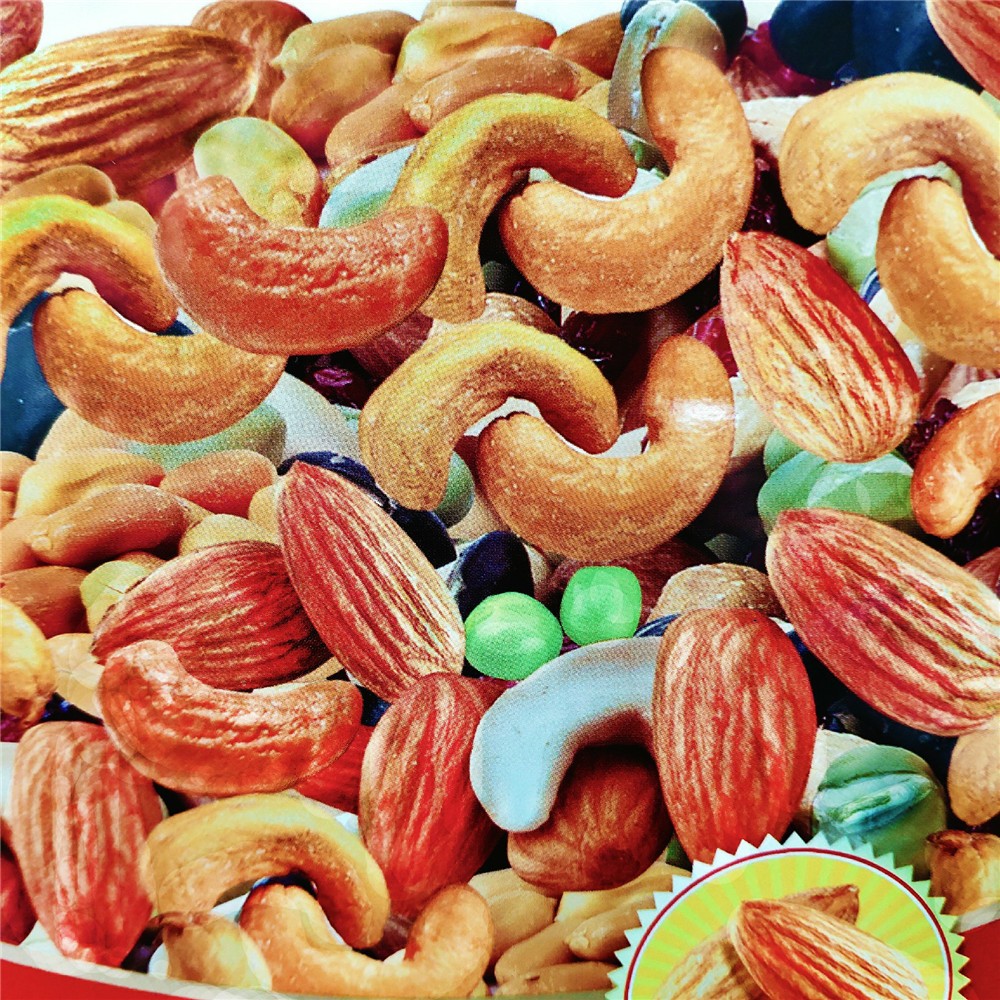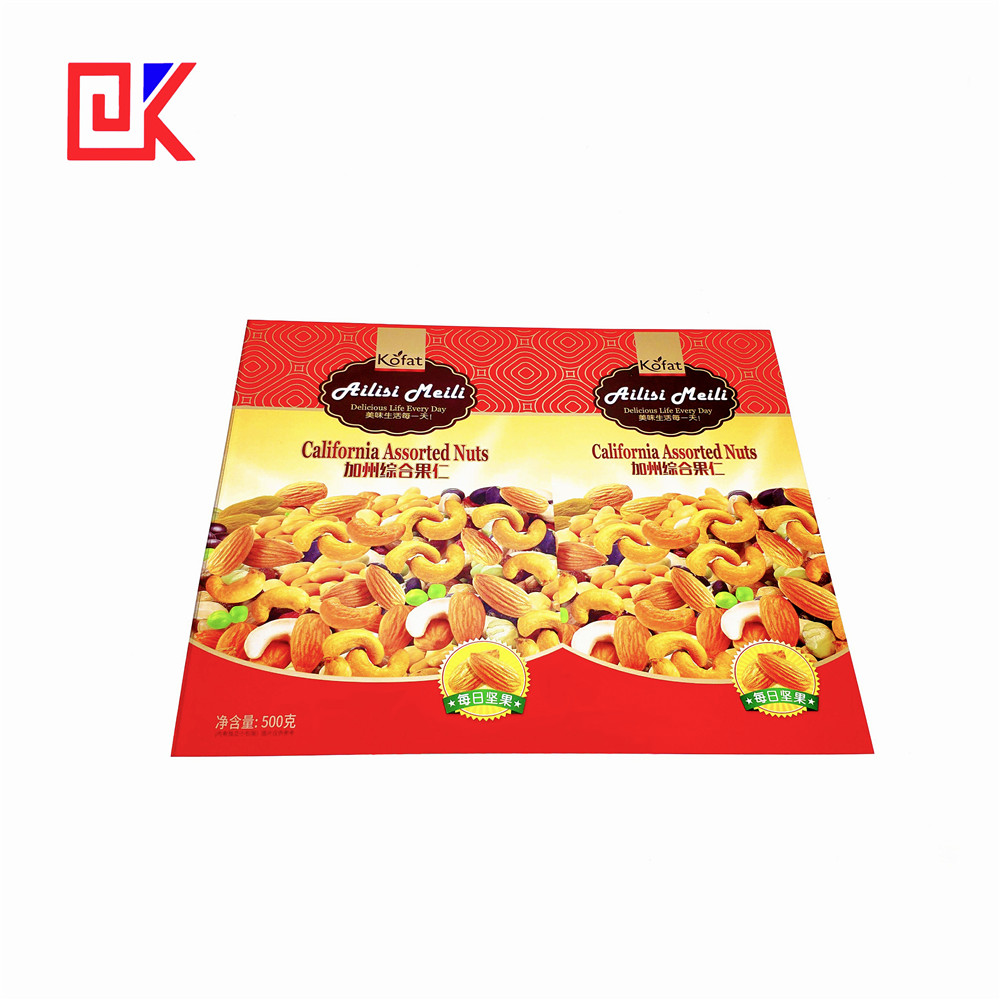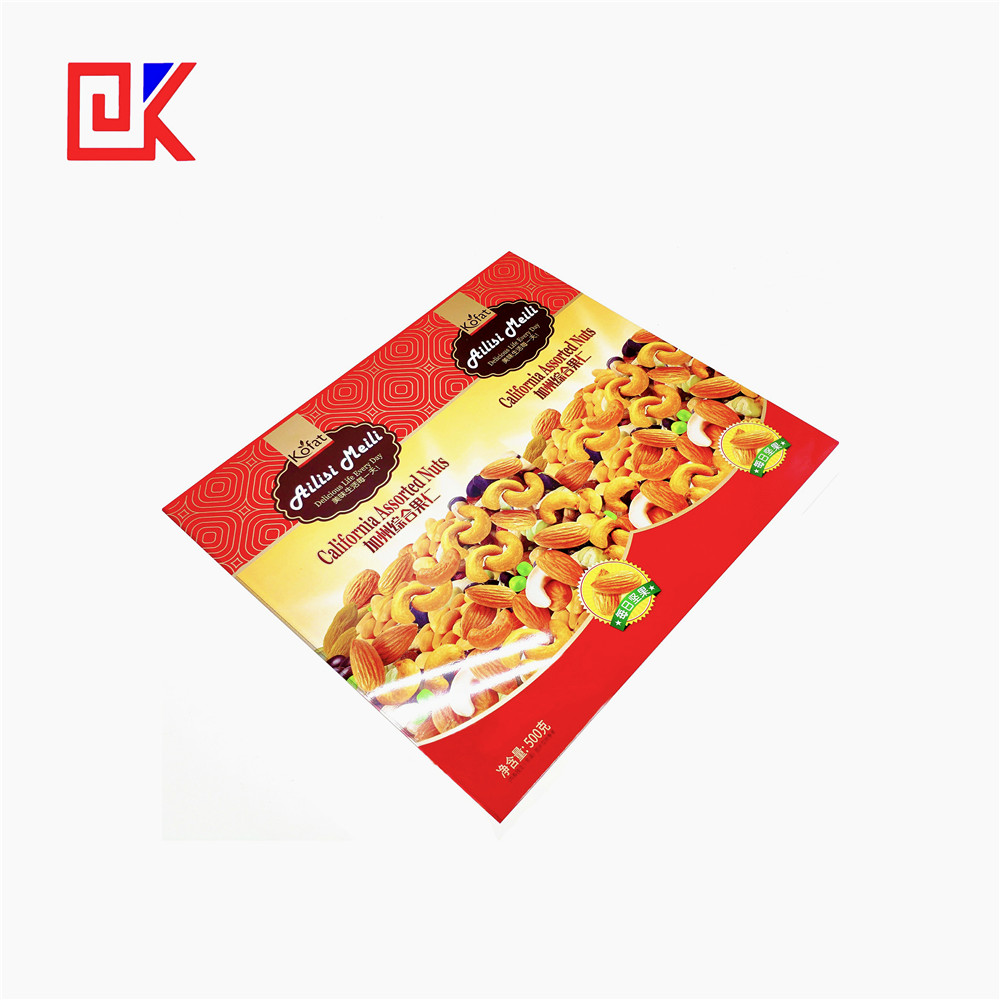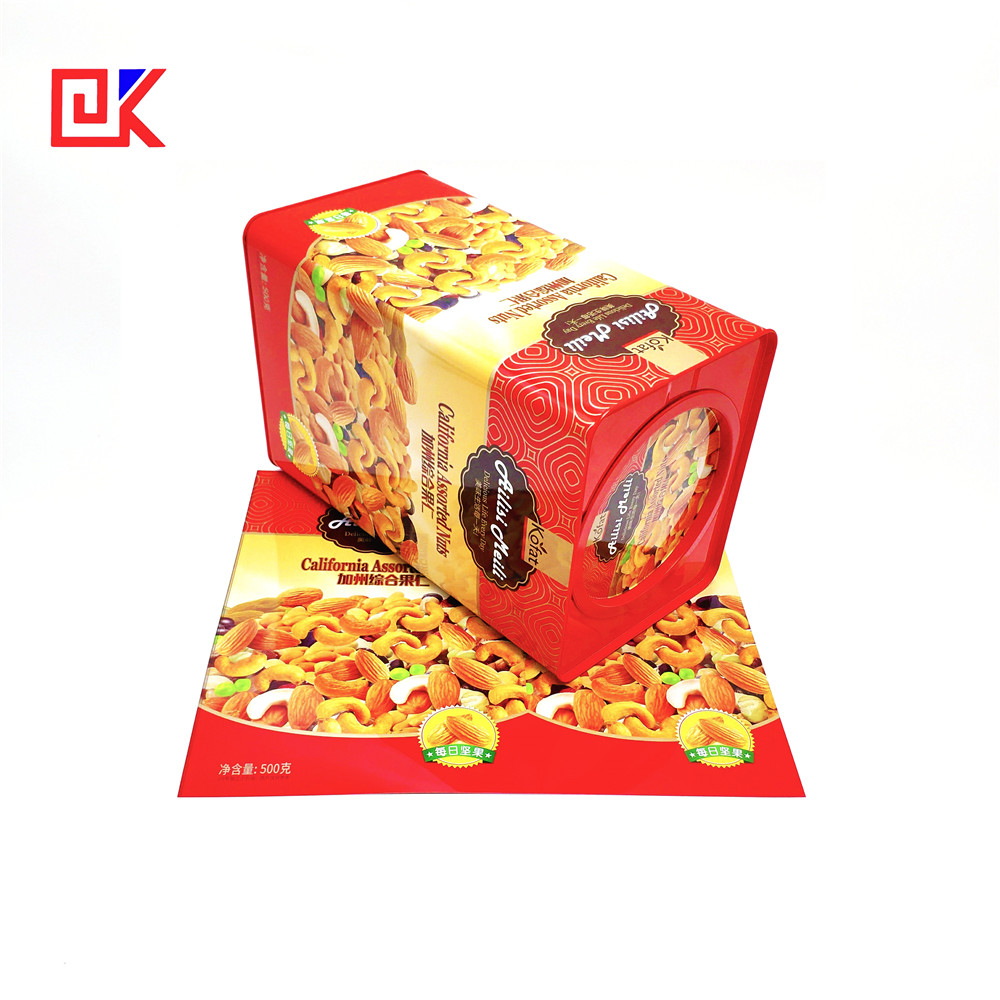In the production of tinplate boxes, the first step is tinplate printing factory to print the entire tin plate sheet according to the design distribution, then cut the rectangular tin plate sheet with a cutting machine, roll the billet into a cylindrical shape, and weld the two ends of the joints into a cylindrical shape. One end of the barrel and the round end cover are sealed by mechanical rolling, and the other end is equipped with a can cover to form a tinplate box. Because most tin boxes consist of three parts: the main body, the lid, and the bottom, they are also called three-piece cans. In general, a three-piece can is usually referred to as a tin box. The two cans are mainly aluminum cans.
Existing enterprises in China have developed thin-film and tin can manufacturing technologies and machinery. At present, the 100 cans / minute integrated production line has been put into production. The prepared aerosol can has a better modification effect, scratch resistance and corrosion resistance than the traditional tinplate box. Expanded the scope of application of tinplate boxes. Mousse, gel water, facial cleanser, skin cream, toothpaste and other product packaging are available. Because of its novelty and low price, printing tinplate sheet is welcomed by consumers. Seafood condiments, spicy condiments and other salty food aerosols are also on the market. Although China's aerosol market currently accounts for only 6-7% of the world's total, printing tinplate sheet aerosol can has huge development potential and business opportunities.
A tin box is a tin can made of tin plate sheet, also known as a tinplate box. There is no exact difference between the two. Generally speaking, the big or round is called a tin can, and the small square is called a tin box. Most boxes are printing tinplate sheet for exquisite packaging, so they are also called printing cans. Today, with the emergence of mechanical intelligence, the production of tin plate sheet has gone through the later stages of packaging, quality inspection and other links that require manual operations, and most of the links have achieved mechanical automation.





